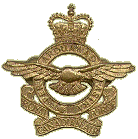AS YOU WERE . . .
WAR YEARS ECLECTICA
JOIN OUR FACEBOOK GROUP HERE
January 2015 Edition
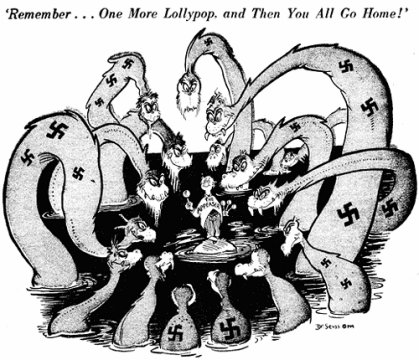
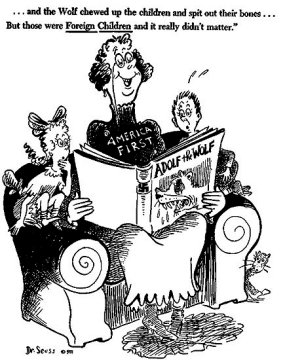
75 Interesting Facts About . . .
World War I


75 Interesting Facts About . . .
World War I
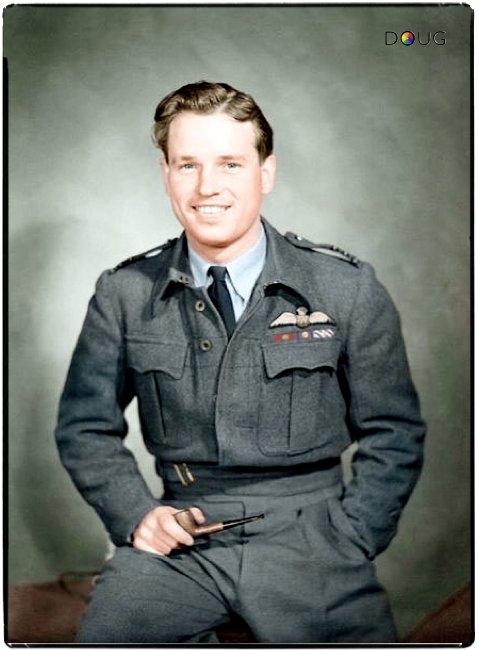
Wing Commander Guy Penrose Gibson VC. DSO and bar
DFC and bar.
(12 August 1918 - 19 September 1944)
He was the first CO of the Royal Air Force's 617 Squadron,
which he led in the 'Dam Busters' raid (Operation
Chastise) in 1943,
resulting in the destruction of two large dams in
the Ruhr area, for which he was awarded the Victoria Cross.
On September 19th 1944, Gibson and his navigator,
Squadron Leader Jim Warwick, departed RAF Hemswell
in a De Havilland Mosquito Mk.XX
to serve as the Pathfinder Master Bomber for a large
raid on Rheydt and Mönchengladbach.
Executing the mission and ordering the bombers home,
Gibson was not heard from again.
The remains of his Mosquito were located near Steenbergen,
Netherlands.
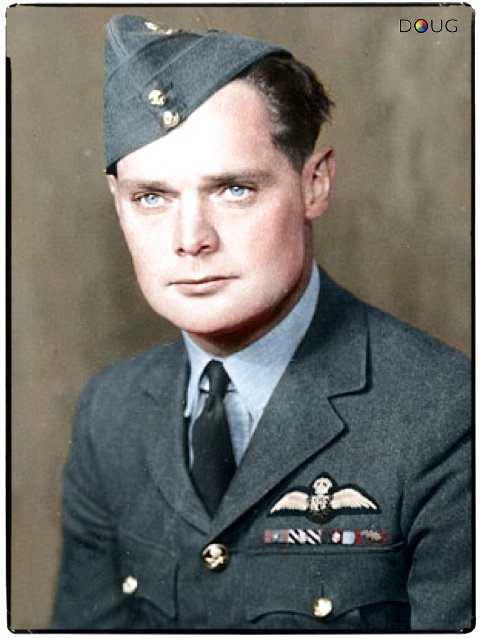
Douglas Bader (21 February 1910 – 5 September 1982)
He joined the RAF in 1928 but in December 1931, while
attempting some aerobatics,
he crashed and lost both his legs and was retired
against his will on medical grounds.
After the outbreak of the Second World War in 1939,
however,
Bader returned to the RAF and was accepted as a pilot.
During the Second World War, he was credited with
20 aerial victories, four shared victories,
six probables, one shared probable and 11 enemy aircraft
damaged.
On the 9th August 1941 he was shot down during a dog-fight
over German-occupied France, bailed out and was captured.
Despite his disability, Bader made a number of escape
attempts
and was eventually sent to the POW camp at Colditz
Castle.
He remained there until April 1945 when the camp was
liberated by the First United States Army.
On 21 July 1946, Bader retired from the RAF with the
rank of Group Captain.
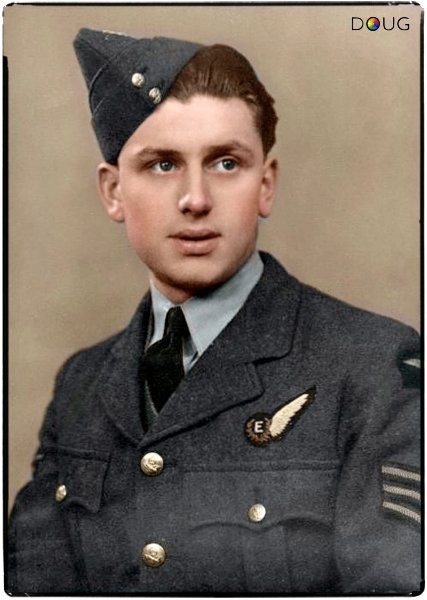
(the photo and facts were kindly supplied by courtesy
of his daughter Ann Forrest)
Flight Sergeant Jack Forrest (aged 21), Flight Engineer,
Avro Lancaster of Squadron 619 RAF.
His Lancaster LL783 PG-C ('Cinders of the Clouds')
was shot down on a raid over Caen on D-Day 6th June '44
and only he and the bomb aimer Reg De-Viell survived.
They were held as POWs in Stalag Luft 7 in Poland
until making the "Long March" to Germany in 1945.
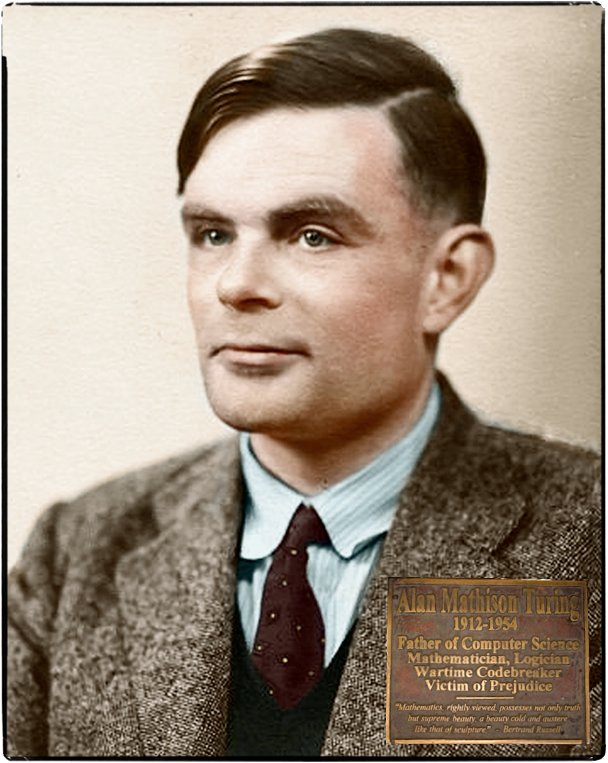
Alan Mathison Turing: 'The Enigma'
Alan Turing was born on 23 June, 1912, in London.
His father was in the Indian Civil Service and Turing's
parents lived in India until his father's retirement in 1926.
Turing and his brother stayed with friends and relatives
in England.
Turing studied mathematics at Cambridge University,
and subsequently taught there,
working in the burgeoning world of quantum mechanics.
It was at Cambridge that he developed the proof which
states that automatic computation cannot solve all
mathematical problems.
This concept, also known as the Turing machine, is
considered the basis for the modern theory of computation.
In 1936, Turing went to Princeton University in America,
returning to England in 1938. Bletchley Park.
Here he played a vital role in deciphering the messages
encrypted by the German Enigma machine,
which provided vital intelligence for the Allies.
He took the lead in a team that designed a machine
known as a bombe that successfully decoded German messages.
He became a well-known and rather eccentric figure
at Bletchley.
After the war, Turing turned his thoughts to the development
of a machine that would logically process information.
He worked first for the National Physical Laboratory
(1945-1948).
His plans were dismissed by his colleagues and the
lab lost out on being the first to design a digital computer.
It is thought that Turing's blueprint would have secured
them the honour,
as his machine was capable of computation speeds higher
than the others.
In 1949, he went to Manchester University where he
directed the computing laboratory
and developed a body of work that helped to form the
basis for the field of artificial intelligence.
In 1951 he was elected a fellow of the Royal Society.
In 1952, Turing was arrested and tried for homosexuality,
then a criminal offence.
To avoid prison, he accepted injections of oestrogen
for a year, which were intended to neutralise his libido.
In that era, homosexuals were considered a security
risk as they were open to blackmail.
Turing's security clearance was withdrawn, meaning
he could no longer work for GCHQ,
the post-war successor to Bletchley Park.
He committed suicide on 7 June, 1954.
![]()
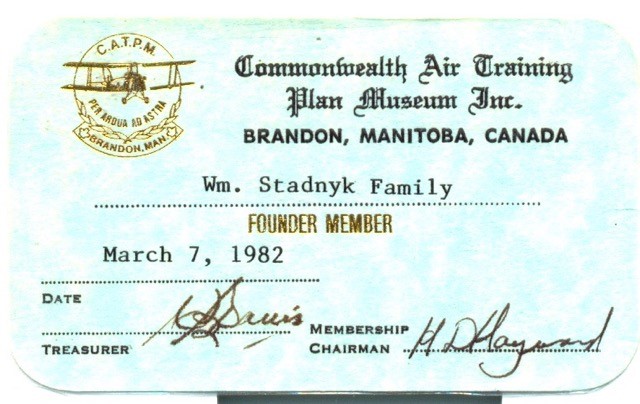
Submitted by Bill Stadnyk
![]()
Recommended Sites on the Web
![]()
Enjoy the many RCAF WWII BCATP Station Magazines
we've posted on our Website at:
www.hillmanweb.com/rcaf/reprints
http://facts.randomhistory.com/world-war-i-facts.html
No. 7 Air Observer School, Portage La Prairie Man.
The record: A souvenir of No. 7 Air Observer School, R.C.A.F., Portage
La Prairie, Manitoba,
operated by Portage Air Observer School Ltd., 1941-1945. [Portage La
Prairie, Man.: s.n], 1945?. .
Submitted by Daniel Duclos
BACK TO OUR MONTHLY MILITARY WEBZINE
CONTENTS PAGE
As
You Were . . .
![]()
|
As You Were . . . Tribute Webzines |
Hillman WWII Tributes www.hillmanweb.com/war |
www.hillmanweb.com/rcaf RCN HMCS PRINCE ROBERT www.hillmanweb.com/rcn |
Ex-Air Gunners Association Magazines |
 .
.